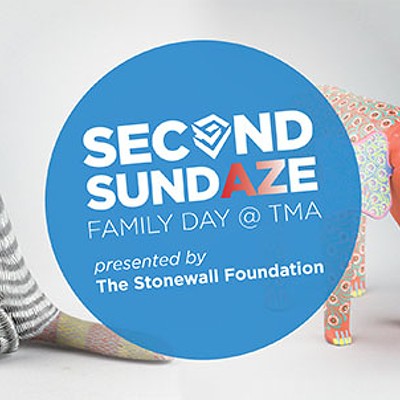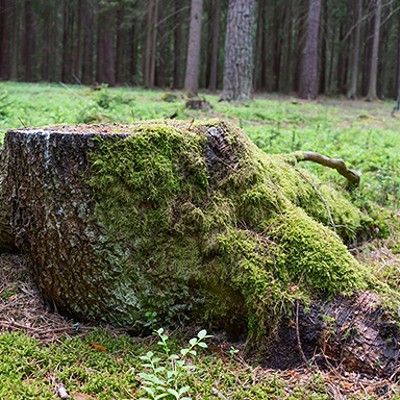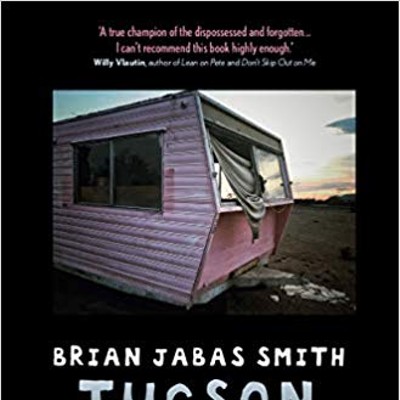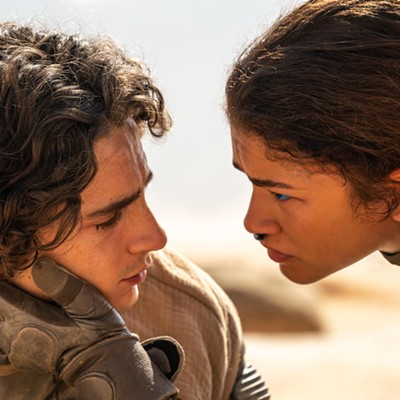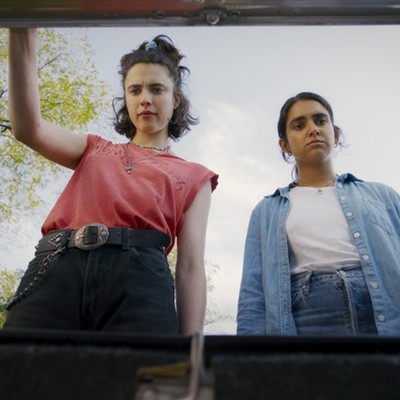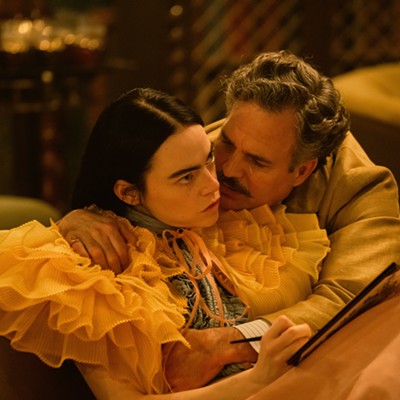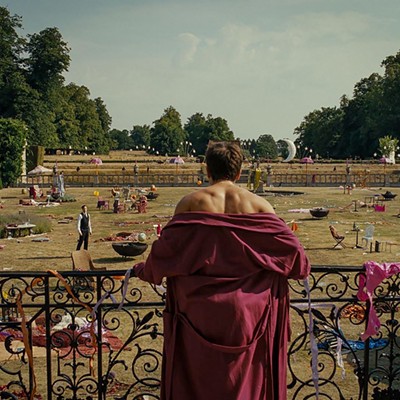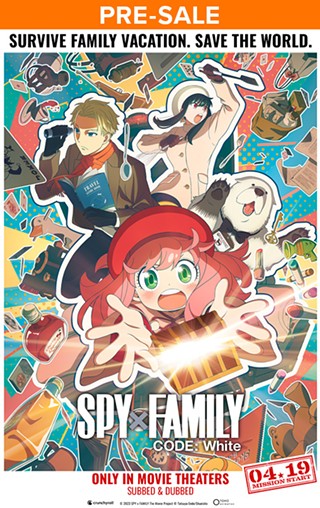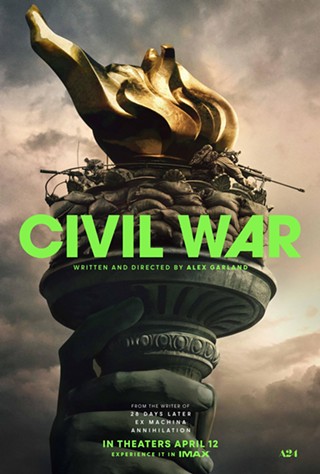About a Son is an attempt to capture the special feelings of pain that could only belong to Kurt Cobain. It's an oddly constructed documentary, unlike any made by ordinary people who don't understand how music can make the world's outcasts and misfits into delicate flowers full of sensitivity and human juices and drugs.
What makes About a Son so unusual is that director AJ Schnack created a biography of Cobain while showing almost no images of him. Instead, the Nirvana singer himself (in a series of interviews a year before he died) narrates his sad and gloopy life, while Schnack presents a series of shots from Cobain's home town, the remains of the grunge scene in Seattle, the places that Kurt visited, and the lumberjacks and nerds who influenced him.
Which may seem strange, but it's a really great idea: Instead of showing what someone would see when looking at Kurt Cobain, the film shows what Cobain himself would have seen. It's like watching someone's life by peering out from inside his skull.
It's also gorgeously photographed by cinematographer Wyatt Troll (who also shot Crispin Glover's weirdly compelling What Is It?). Misty cityscapes, smiling hipsters busking on street corners, a sonogram, sidewalks in Seattle and piles of wood are all montaged together with childlike and disturbing animation sequences to create an experience very much like that of spending an hour in wistful memory. And with Cobain prattling on over the visuals, it's like watching Koyaanisqatsi while listening to a wealthy heroin addict complain about his fucked-up childhood.
Not only are the images not images of Cobain and Nirvana; the soundtrack, too, is almost completely devoid of his songs. Instead, it's an incredibly eclectic mix that only makes sense if you know that this is all music that influenced Cobain: Queen songs bleed into Bruce Springsteen; the Melvins and MDC fade out to Creedence Clearwater Revival; a song by Half Japanese bounces over images of Olympia hipster-wannabes and their low-fi bands and stylishly thrift-store living rooms. Again, instead of listening to the music that Cobain wrote, we hear the stuff that he heard, that he wished he could write and that inspired him. All the while, Kurt complains about it.
In fact, he complains about virtually everything. Most especially, he's torn between the horror of being excluded and his hatred of every group. The early part of the film, about Kurt's weepy childhood and adolescence, covers the time when no one would talk to him, the time when everyone thought he was gay, and the time when he would sit by himself for eight hours in his father's office with nothing to do.
Then, as he got better at guitar and started to make friends, the focus shifts to how much he wanted to be punk rock, how much he hated the punk rockers, how much he wanted to be like the cool Olympia kids, and how much he hated the cool Olympia kids. Luckily, this phase of his life gives way to an intense desire to be famous. It's kind of fascinating to hear him talk about how eager he was to sell out and do whatever it took to make it big, and then how much he hated being famous and dealing with the attention.
To be fair, Cobain's life was full of suck. He had chronic stomach pains and continuing muscle pain from pronounced scoliosis. Also, the experience of being the weird little kid with no friends left him permanently incapable of developing trusting relationships.
Well, until he met Courtney Love, who, at the time of the interview, seemed to be the one person he had unconditional regard for. Kurt recounts the highlights of their relationship, like when they'd "score drugs and fuck up against a wall, and then Courtney would scream and throw things ... it was really fun!"
I think we all know how that ended. The movie ends with a few still images of Cobain performing, and then blurs out to an aerial shot of the Green River. It's a very satisfying finish, though the film itself is more uneven. The imagery is brilliant, and reminiscent of the best montage sequences from American cinema in the '70s. Limiting the voiceover to Cobain and a few questions from his interviewer, Michael Azerrad, is an interesting idea, but Cobain's droning complaints occasionally become tiresome, and the film's 96 minutes stretch out in the middle.
Still, the experiment in biography of showing scenes not from the subject's life, but from the places in which he lived, is worthy and well-executed. If you allow yourself to be lost in the experience, it produces the effect of having dreamed yourself into the life of another.

